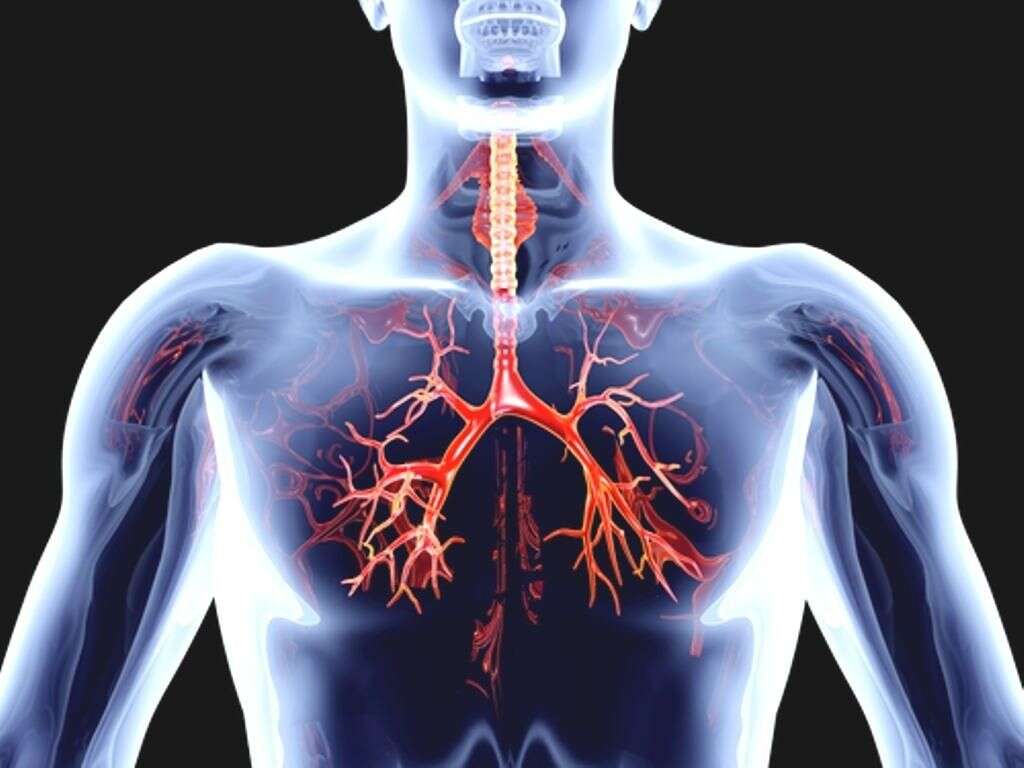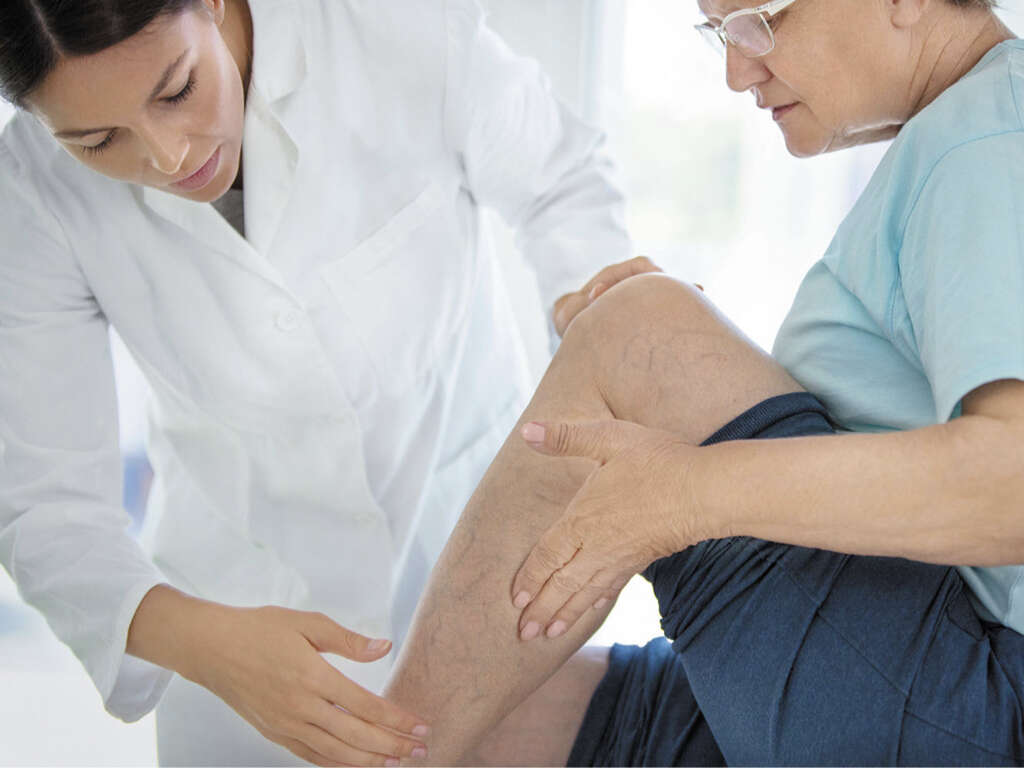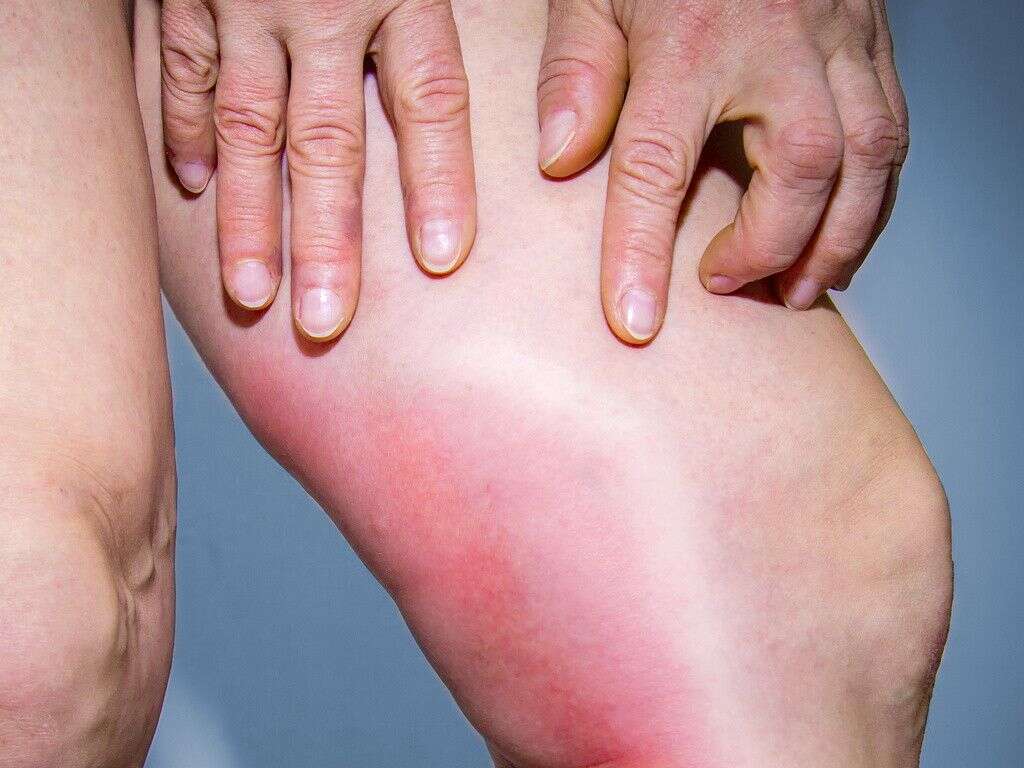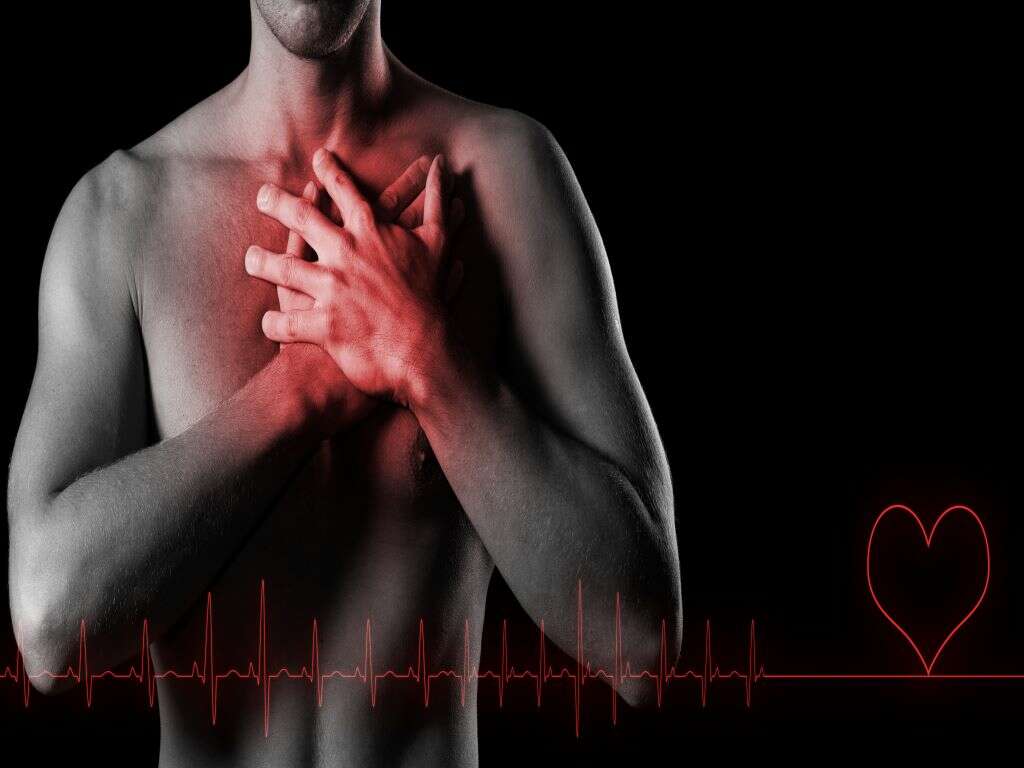10 Blood Clot in Lung Symptoms
A blood clot in the lung, or pulmonary embolism, refers to the obstruction of blood flow in the lungs. It usually results from the dislodgement of a blood clot from another part of the body and travels to the lung. The risk of pulmonary embolism increases when the individual has cancer, is a smoker, has a history of a stroke, is on prolonged bed rest, taking estrogen-based medication, obese, pregnant, has certain genetic conditions, or has had recent surgery.
In some patients, pulmonary embolism can be caused by amniotic fluid, fat, or air embolization. The diagnosis of pulmonary embolism can be made based on the signs and symptoms. An additional test known as the D-dimer test can help to rule out the condition. A computed tomography (CT) pulmonary angiography, or lung ventilation or perfusion scan can also be used to help confirm the diagnosis.
Prevention of pulmonary embolism includes ambulation as soon as possible after surgery, blood thinners such as heparin or warfarin, and lower leg exercises after prolonged sitting. Prevention efforts are usually recommended for a duration of 6 months. In severe cases of pulmonary embolism, patients may require thrombolysis using tissue plasminogen activator (tPA) or surgery such as pulmonary thrombectomy. A vena cava filter can also be inserted. In the United States, pulmonary embolism is estimated to affect about 300,000 to 600,000 individuals, which results in 50,000 to 200,000 deaths annually. This article looks at 10 symptoms of a blood clot in the lungs.

Symptom #1: Dyspnea
Dyspnea or shortness of breath refers to the feeling where one feels that they are unable to breathe well enough. Affected individuals often describe requiring more effort to breath, air hunger, and chest tightness.
Dyspnea is usually caused by respiratory or cardiovascular issues such as congestive heart failure, asthma, pneumonia, chronic obstructive pulmonary disease, cardiac ischemia, panic disorder, and interstitial lung disease. It is also one of the main symptoms in patients with pulmonary emboli due to blood clots that are lodged in the lung.

Symptom #2: Tachypnea
Tachypnea is a term describing rapid breathing. In normal causes in adults, the respiratory rate can range between 12 to 20 breaths per minute. Tachypnea can, therefore, be defined as more than 20 breaths per minute. Normal breathing rates are higher among children, which declines steadily until 18 years old.
Some causes of tachypnea include sepsis, metabolic acidosis, diabetic ketoacidosis, pneumonia, carbon monoxide poisoning, pleural effusion, laryngospasm, and congestive heart failure. It is a common associated symptom for individuals with pulmonary embolism or a clot in the lung.

Symptom #3: Hemoptysis
Hemoptysis is a term that refers to coughing up blood or mucus that is stained or streaked with blood from the trachea, bronchi, lungs, and larynx. Some causes of hemoptysis include bronchitis, tuberculosis, lung cancer, pneumonia, and cardiovascular conditions.
Massive hemoptysis can be defined at 300 mL. To obtain a diagnosis in cases of hemoptysis, family history, medical history, the amount of blood, sputum, and other accompanying symptoms are important. Hemoptysis is a symptom that can be seen among some patients with a blood clot in the lung.

Symptom #4: Cyanosis
Cyanosis is a term referring to the purplish or bluish discoloration of the mucous membranes or skin due to low oxygen saturation. The bluer the skin or mucous membrane, the more difficult it will be to detect for those with a more pigmented skin. Once cyanosis appear on locations such as the fingers or lips, an intervention should be made within 3 to 5 minutes as the cyanosis may have been induced by severe circulatory failure or hypoxia.
Cyanosis can generally be divided into central or peripheral cyanosis. When a blood clot in the lung occurs, there is decreased oxygen saturation, which results in cyanosis.

Symptom #5: Syncope
Symptoms of syncope include fainting, apparent loss in muscle strength, loss of consciousness, sweating, lightheadedness, dizziness, nausea, vomiting, and pallor. Syncope is typically caused by a sudden drop in blood pressure. This could be due to the heart or blood vessels, orthostatic hypotension (a drop in blood pressure when sitting up from lying down or standing up from sitting), or a neurally mediated reflex.
While syncope may be a symptom for pulmonary embolism or a blood clot in the lung, it is important to realize that it causes less than 1% of syncope cases.

Symptom #6: Chest Pain
Chest pain refers to pain that occurs anywhere on the chest. It should always be considered a medical emergency as it can be a symptom of serious conditions. Chest pain can be divided into heart or nonheart-related pain.
Some examples include myocardial infarction, pleural rub, musculoskeletal (costochondritis), and gastrointestinal (gastroesophageal reflux disease). The presence of a pulmonary embolism, or blood clot in the lung, will cause chest pain that worsens with breathing which typically indicates a “pleuritic” origin.

Symptom #7: Cough
A cough is a protective and repetitive reflex where it functions to clear the airways from foreign particles, irritants, and microbes. While a cough can occur in normal conditions, frequent coughing indicates that there is underlying disease. From an evolutionary perspective, viruses and bacteria may benefit from coughing as it helps to spread the disease to other potential hosts.
Some conditions that can cause frequent coughing include smoking, air pollution, choking, post-nasal drip, lung tumors, chronic bronchitis, heart failure, and pulmonary embolism (blood clot in the lung).

Symptom #8: Wheezing
A wheeze can be defined as a whistling, coarse, and continuous sound that is produced by either an obstruction or narrowing of a part of the respiratory airway. This causes the air to move through the passage with increased velocity, resulting in the wheeze sound.
Wheezing is most commonly seen in individuals with lung diseases such as congestive heart failure, asthma attacks, lung cancer, and a blood clot in the lung. When wheezing occurs, it is generally a good idea to seek medical attention as it means that there is breathing difficulty.

Symptom #9: Delirium
Delirium is a state where there is acute confusion due to decline of mental function that has developed over a short time. The affected individual usually experiences changes in cognition, attention, and consciousness. Some patients may also have neurological deficits such as emotional disturbances, psychomotor disturbances, impaired sleep-wake cycle, and perceptual disturbances.
Causes of delirium can be due to an underlying disease process, drug withdrawal, side effects of medication, and fluctuation in control of psychiatric conditions. It is a symptom that can be seen among elderly patients.

Symptom #10: Seizures
A seizure describes abnormal convulsions that occur due to excessive neuronal brain activity. The convulsions result in uncontrolled shaking of the body, which may be associated with loss of consciousness and loss of bladder control. Triggers for seizures can generally be divided into provoked and unprovoked.
In provoked seizures, it can be due to alcohol withdrawal, low blood sugar, concussion, hyponatremia, and fever. Unprovoked seizures are seizures that occur without a known cause but can be triggered by sleep deprivation or stress. A seizure is an atypical symptom among individuals with a blood clot in lung.












